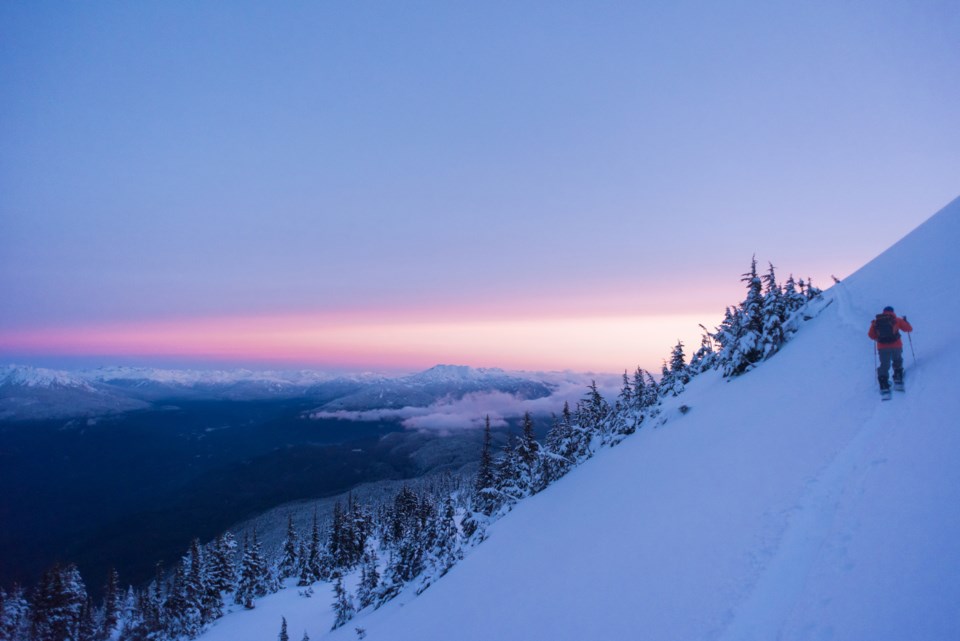Backcountry Advisory, as of Wednesday April 14:
The Sea to Sky region has been under the influence of a ridge of high pressure for the past few days, which is expected to continue through the weekend and into next week. This weather pattern is associated with sunny skies and very warm temperatures. Both can have a big impact on the snowpack, especially when they appear for the first time in the season. As the surface of the snow warms and melts, it quickly loses strength. This can result in wet-loose and wet-slab avalanches, as well as cornice failures and, in some cases, very-large persistent or deep-persistent slab avalanches.
Avoiding exposure to wet-loose avalanches and wet-slab avalanches can be managed fairly simply by staying away from avalanche terrain on sun-exposed slopes. Cornices should be given a very wide berth during the heat of the day. Stay well back while travelling at ridgetop and avoid travelling underneath them.
Avoiding exposure to persistent and deep-persistent avalanches during a big warmup can be a little bit trickier, but the key is generally to avoid really large terrain features, particularly during the hottest part of the day. Another tip for managing persistent problems with regard to warming is to remember that with each day of warm temperatures, the warmth penetrates the snowpack a little bit deeper, so it can take several days of warm weather to impact deeper weak layers.
One of the best strategies for managing avalanche risk in the springtime is to start early and finish early. Get up and out the door while the snow is still frozen and aim to be out of the mountains before the hottest part of the day. Once the snow starts to feel slushy, you know it is losing strength. The forecasting team recently posted a blog on avalanche.ca all about managing avalanche risk during heat waves, so check it out if you are interested in learning more!




